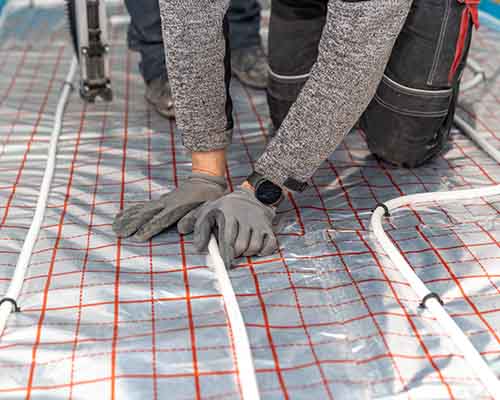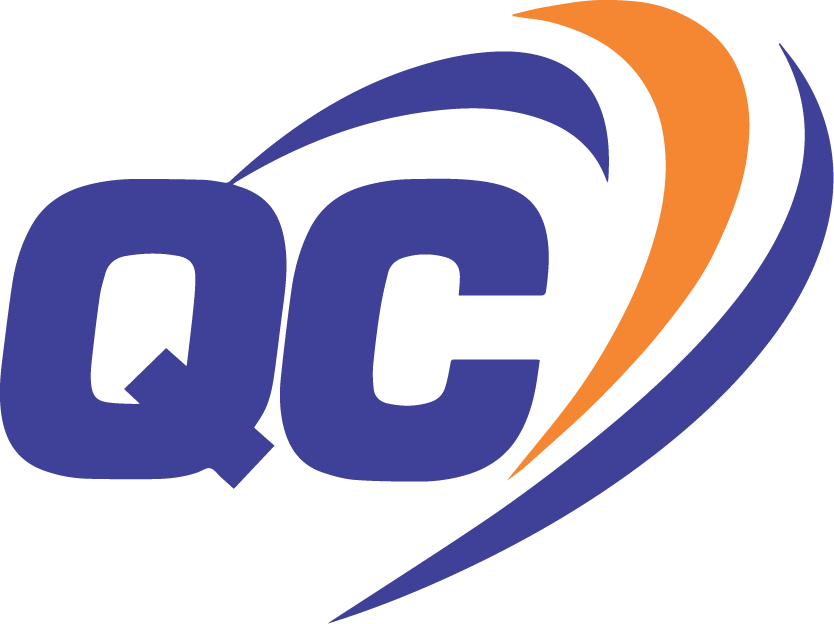Roof Heat Proofing Services In Lahore

Roof heat proofing services in Lahore are need for mitigating the city’s intense heat. These services involve applying specialized coatings and materials to rooftops, which reflect sunlight and reduce heat absorption. This results in cooler indoor temperatures, enhancing comfort and reducing energy costs. Lahore’s climate, characterized by scorching summers, makes heat proofing a crucial investment for both residential and commercial properties. By opting for professional roof heat proofing, residents can significantly improve their living conditions, lower air conditioning usage, and contribute to environmental sustainability. The growing demand for these services highlights their effectiveness and importance in the region.
The Importance of Roof Heat Proofing
Roof heat proofing plays a major role in managing the thermal comfort of a building. Roofs are one of the largest surfaces exposed to the sun, making them significant contributors to heat gain inside a structure. During the hot summer months, roofs can absorb a substantial amount of solar radiation, causing the interior temperature to rise. This not only makes the living or working environment uncomfortable but also increases the load on cooling systems, leading to higher energy consumption and costs.
By implementing roof heat proofing measures, building owners can significantly reduce the amount of heat that penetrates the structure. This results in a more stable and comfortable indoor temperature, decreased reliance on air conditioning, and lower energy bills. Moreover, reducing heat absorption helps protect the roofing materials from damage caused by thermal expansion and contraction, thereby prolonging the roof’s lifespan.
Types of Roof Heat Proofing
Reflective Coatings
Reflective coatings, also known as cool roof coatings, are one of the most popular methods of roof heat proofing. These coatings are usually made from acrylic, silicone, or elastomeric materials and are applied to the roof’s surface. The primary function of reflective coatings is to reflect a significant portion of the sun’s rays, reducing the amount of heat absorbed by the roof. This type of heat proofing is ideal for flat or low-sloped roofs and is available in various colors, although lighter colors are more effective in reflecting heat.
Insulation Boards
Insulation boards are another effective method for reducing heat transfer through the roof. These boards are typically made from materials such as polyurethane, polystyrene, or polyisocyanurate, which have excellent thermal resistance properties. Insulation boards can be installed either above or below the roof deck, depending on the type of roofing system. They help maintain a stable indoor temperature by minimizing heat gain during the summer and heat loss during the winter.
Green Roofs
Green roofs, also known as living roofs, involve the installation of vegetation and soil over a waterproof membrane on the roof’s surface. This type of roof heat proofing is particularly beneficial in urban areas, as it not only reduces heat absorption but also provides additional insulation. The plants and soil absorb heat, reducing the temperature of the roof surface. Green roofs also help improve air quality, reduce stormwater runoff, and provide a habitat for wildlife.
Radiant Barriers
Radiant barriers are materials that reflect radiant heat rather than absorbing it. They are typically installed in attics and consist of a reflective foil layer. The primary function of radiant barriers is to reduce the heat transfer from the roof to the interior of the building. This type of heat proofing is particularly effective in hot climates, as it can significantly reduce cooling costs.
Benefits of Roof Heat Proofing
Energy Efficiency
One of the primary benefits of roof heat proofing is improved energy efficiency. By reducing the amount of heat absorbed by the roof, the cooling load on the building’s HVAC system is reduced. This leads to lower energy consumption and, consequently, lower utility bills. In some cases, roof heat proofing can reduce cooling energy costs by up to 15-20%.
Increased Comfort
Roof heat proofing helps maintain a more stable indoor temperature, making the interior of the building more comfortable. This is particularly important during the hot summer months when the heat absorbed by the roof can make the upper floors of a building uncomfortably warm. By reflecting or insulating against this heat, roof heat proofing ensures a cooler and more pleasant indoor environment.
Extended Roof Lifespan
Excessive heat can cause damage to roofing materials, leading to cracking, warping, and other issues. By reducing the heat absorbed by the roof, heat proofing can help extend the lifespan of the roofing materials. This can result in fewer repairs and replacements, saving money in the long run.
Environmental Benefits
Roof heat proofing can have positive environmental impacts by reducing energy consumption and greenhouse gas emissions. Additionally, methods like green roofs contribute to environmental sustainability by improving air quality, reducing the urban heat island effect, and promoting biodiversity.
Process of Roof Heat Proofing
Assessment and Planning
The first step in the roof heat proofing process is to assess the current condition of the roof and determine the most suitable method for heat proofing. This involves inspecting the roof for any existing damage and evaluating the building’s specific needs. Based on this assessment, a plan is developed, including the selection of materials and the method of application.
Preparation of the Roof Surface
Before applying any heat proofing materials, the roof surface must be thoroughly cleaned and prepared. This involves removing dirt, debris, and any existing coatings that may hinder the adhesion of the new materials. Any repairs needed for the roof, such as fixing leaks or replacing damaged sections, should also be completed during this stage.
Application of Heat Proofing Materials
Depending on the chosen method, the next step involves the application of heat proofing materials. For reflective coatings, this may involve spraying or rolling the coating onto the roof surface. Insulation boards are typically installed using adhesive or mechanical fasteners. For green roofs, a waterproof membrane is first installed, followed by the soil and vegetation layers. Radiant barriers are installed in the attic space, usually by stapling or taping the material to the rafters.
Inspection and Maintenance
After the heat proofing materials have been applied, a thorough inspection is conducted to ensure proper installation and effectiveness. Regular maintenance is also necessary to keep the roof heat proofing system in good condition. This may include reapplying coatings, replacing damaged insulation, or maintaining the vegetation on a green roof.

